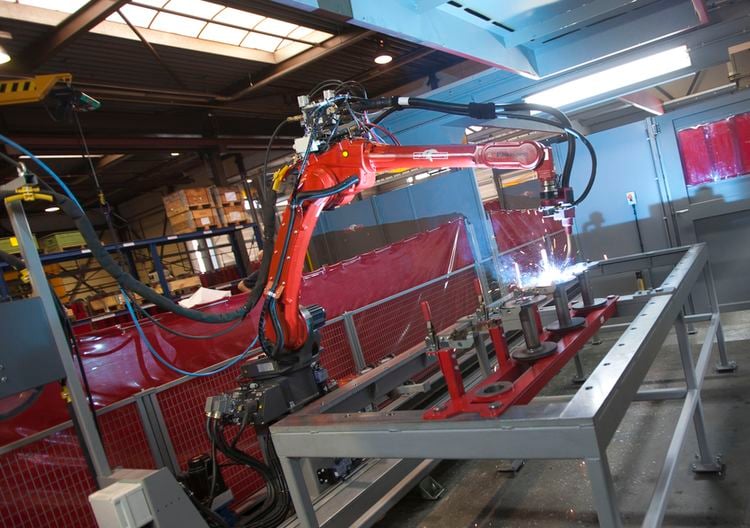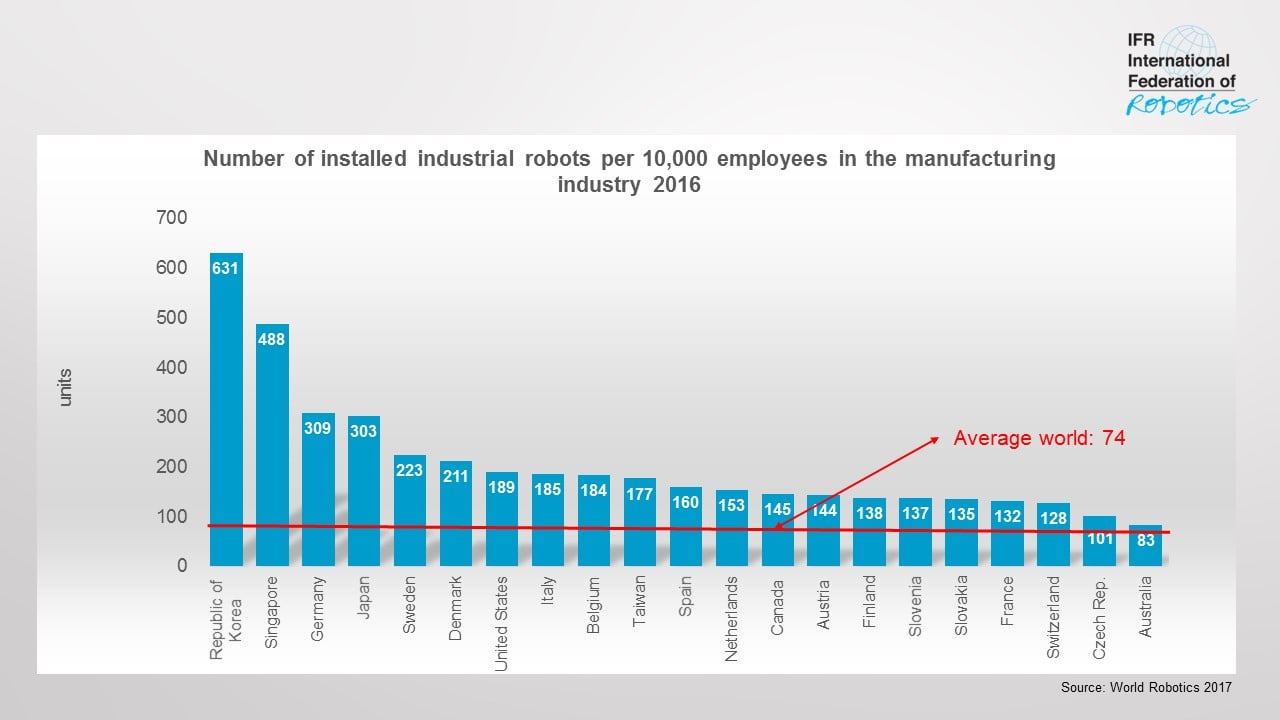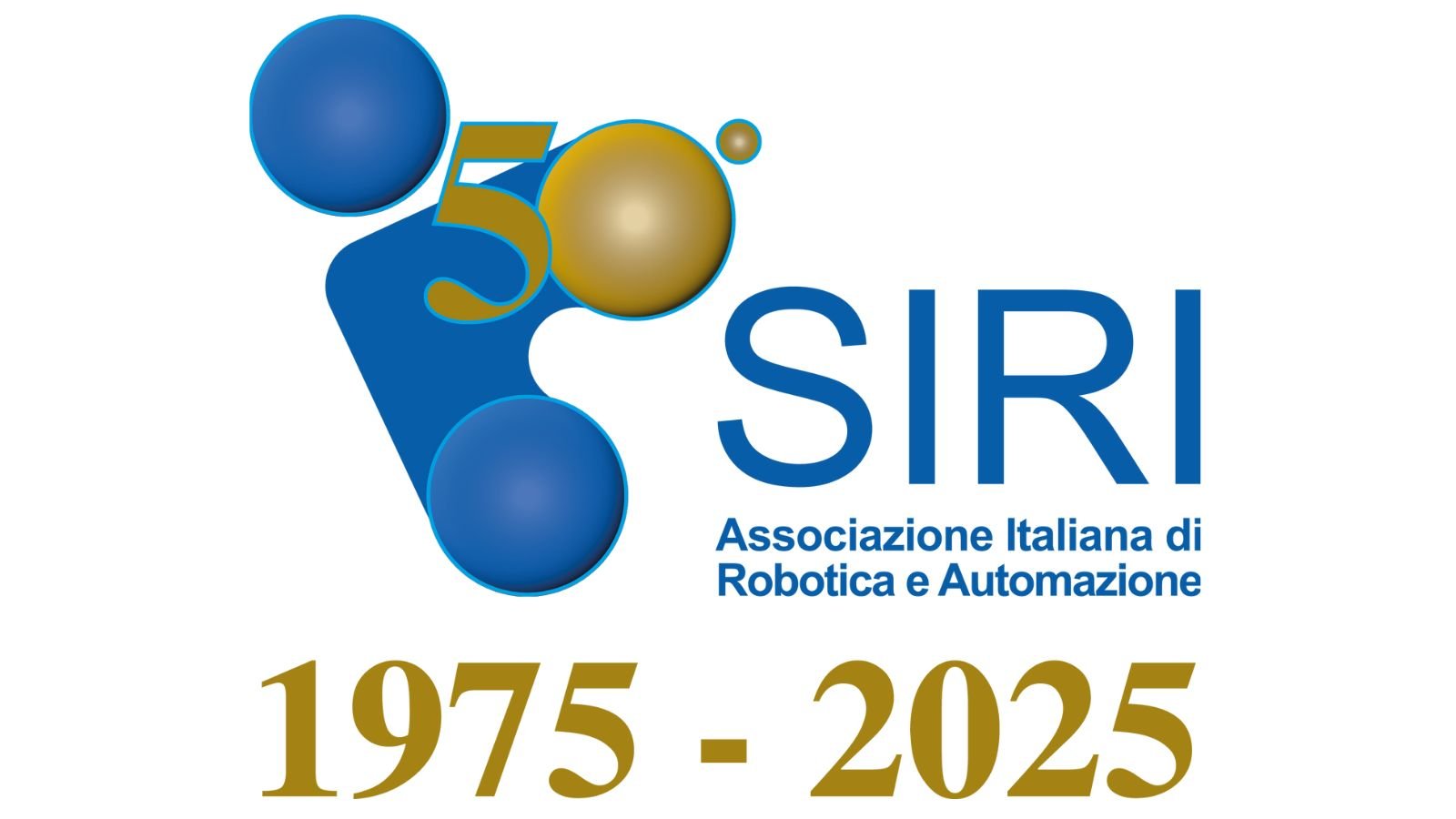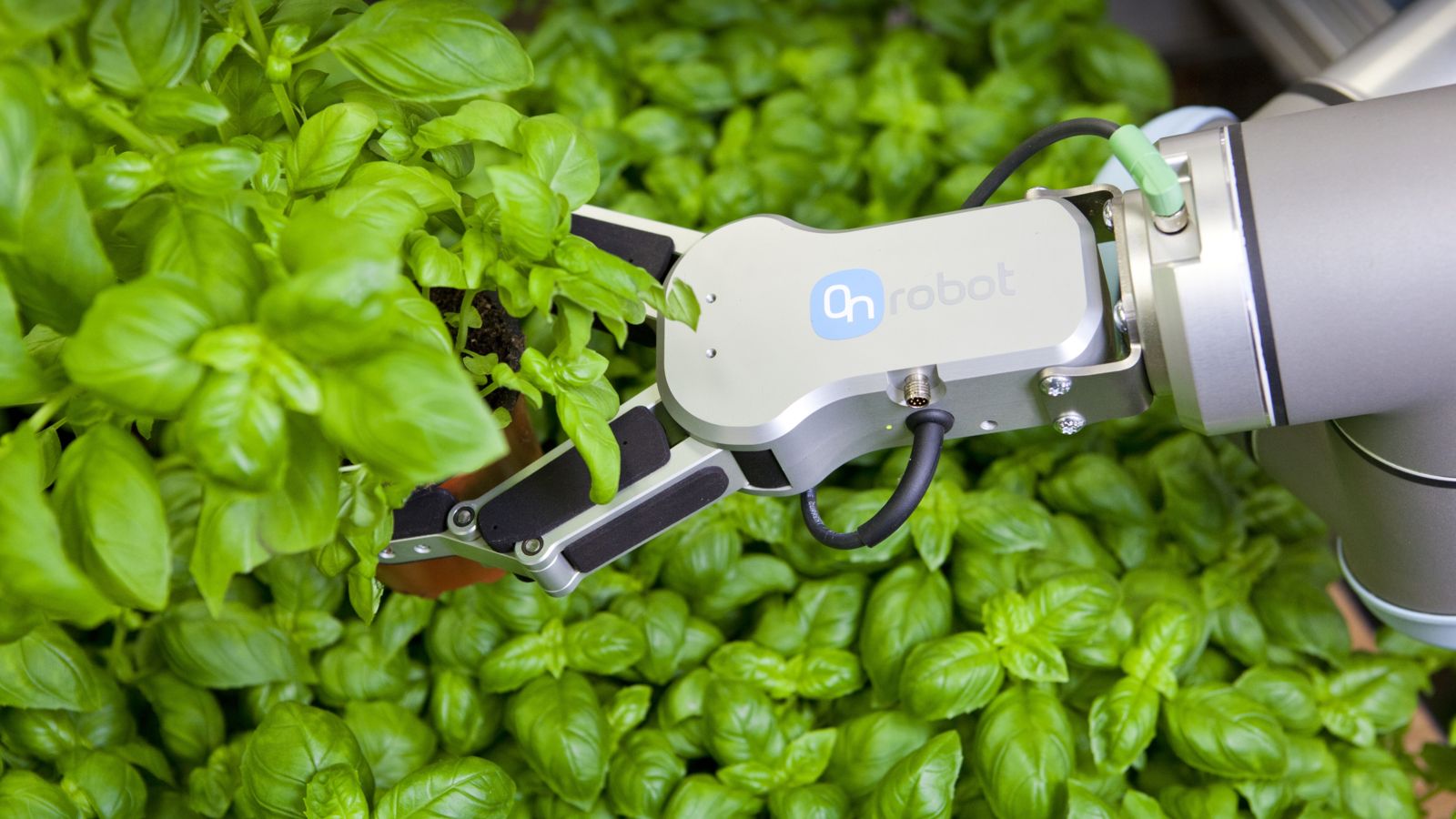
The Dutch supplier Korte Friesland does precision welding in a quality which in some cases is barely achievable manually.

Despite the many modifications, they were unable to achieve the required precision with their previous welding robot. For that reason a Valk Welding robot system with offline programming had been at the top of their wish list for some time. The supplier now has a universally usable welding robot system that both positions the components and welds them with the required level of precision.
Top quality welding and the precise machining of large parts are what the professionals at Korte Friesland do best. As well as tooling for Aerospace the supplier also works for OEMs in the agricultural sector, machinery manufacturers and the simulator industry. They confidentially leave the production of their frames and critical parts for their machines to this Frisian supplier. “With a reliability of supply above 95% and a maximum of 0.4% rejection we are now supplying 3-metre rotors for grass mowers with a tolerance within 1 mm. It is only because of our investment in this Valk Welding robot system that we are able to achieve this precision and quality”, says owner Henk Korte.
Certified welding
Korte Friesland has shown with its quality assurance certificate ISO 3834-2 that it is able to meet the strictest welding requirements. “Our experienced welders are happy to take on complex orders. The internal training plan and the certification of our welders result in consistently high welding quality, says company manager Samuel Oberman. Oberman is an International Welding Specialist and is responsible both for the welding process and the quality assurance aspect. “All of the welders and materials are certified and registered in the manufacturing manual. This makes it possible for us to trace who made the weld. The next step is to also certify the welding robot. Registrating the settings and the conditions makes it possible to predict the quality of the weld. Getting this data in correct format makes it possible to attract new business”, explains Oberman.
Universally deployable welding robot system
Although the welding robot system is now used mainly for the production of the rotors, the system is suitable for a wide range of products with a length up to 9m. For this purpose Korte Friesland has made its own mobile welding fume extraction system and the fixed screen. The Panasonic TL- 2000WG3 on a track now serves 2 separate jig supports with a length of 4 metres. “Removing the middle section and relocating the positioners makes it possible for us to weld longer components. We also have 2 jig supports at the back for small products. This makes the system very flexible, which places it perfectly in line with our machinery for metalworking”, says Samuel Oberman.

Offline was an important requirement
Henk Korte: “We started by looking into how a number of colleague companies tackled welding robotisation. Valk Welding’s robots with offline programme appealed to us the most. DTPS is more than just a programming system: we also use it to design our welding jigs and to plan the welding jobs. With our other welding robot we often had to spend a couple of days on programming a complex product online. The welding robot had to be taken out of operation during that time. With the Valk Welding robot system we not only achieve the required precision, but also gain a lot of time.”
Gripper system
Korte Friesland uses the welding robot for several rotor types. For one of them 128 mounting brackets have to be welded around a 3m tube. Valk Welding has developed a gripper system that is situated next to the welding torch. Each bracket is taken off a shelf and held at the pre-programmed position on the shaft so that the robot can attach it. Samuel Oberman: “Because of the heat distribution aspect, the welding order is very important to remaining within the runout. The sequence is laid down in DTPS, for which we have divided the rotor into small sections that are welded alternately. It is only barely possible to organise that division manually.”
Wire searching
For another type of rotor corner lines are welded to the tube with 345 small welds. As well as the welding order, finding the welding position of the corner lines is a vital aspect of the welding process with the welding robot. For this purpose use is made of the Quick Touch wire search system that Valk Welding has integrated in DTPS. The robot relocates the 3 to 4 corner lines. Wire searching is based on the gas nozzle searching system, but uses the welding wire rather than the gas nozzle as the ‘sensor’. The big advantage of this wire search method is that it is not only possible to detect all weld forms: access is improved to areas that are difficult to reach and the detection works with both thin and thick plates.
Turnover secured
By investing in the welding robot system Korte Friesland has secured an important part of its turnover. “The products are now in line with the requested specifications and we have also been able to substantially step up our productivity. We used to weld 5 to 6 rotors a day, but this has now risen to 8 a day. And the next orders for the welding robot are already in the pipeline”, concludes Henk Korte. www.kortefriesland.nl





